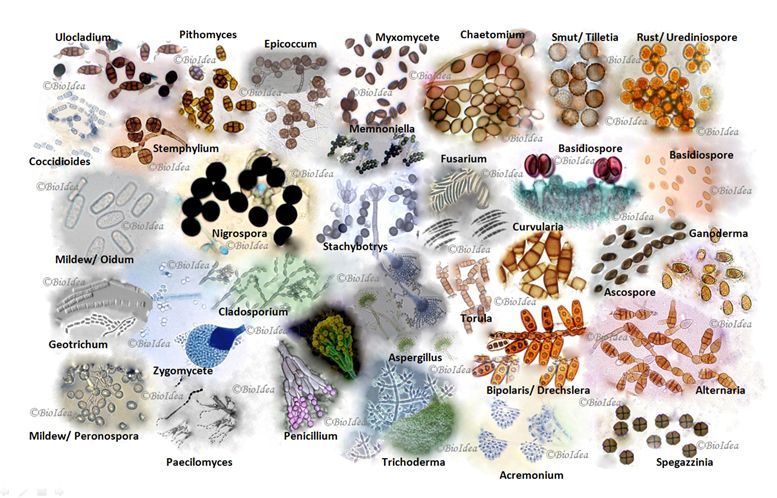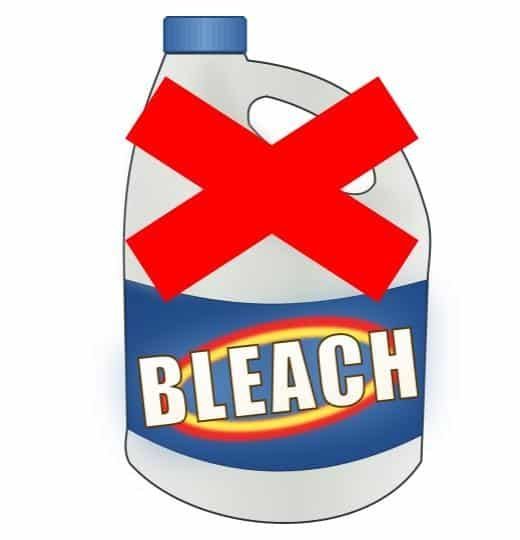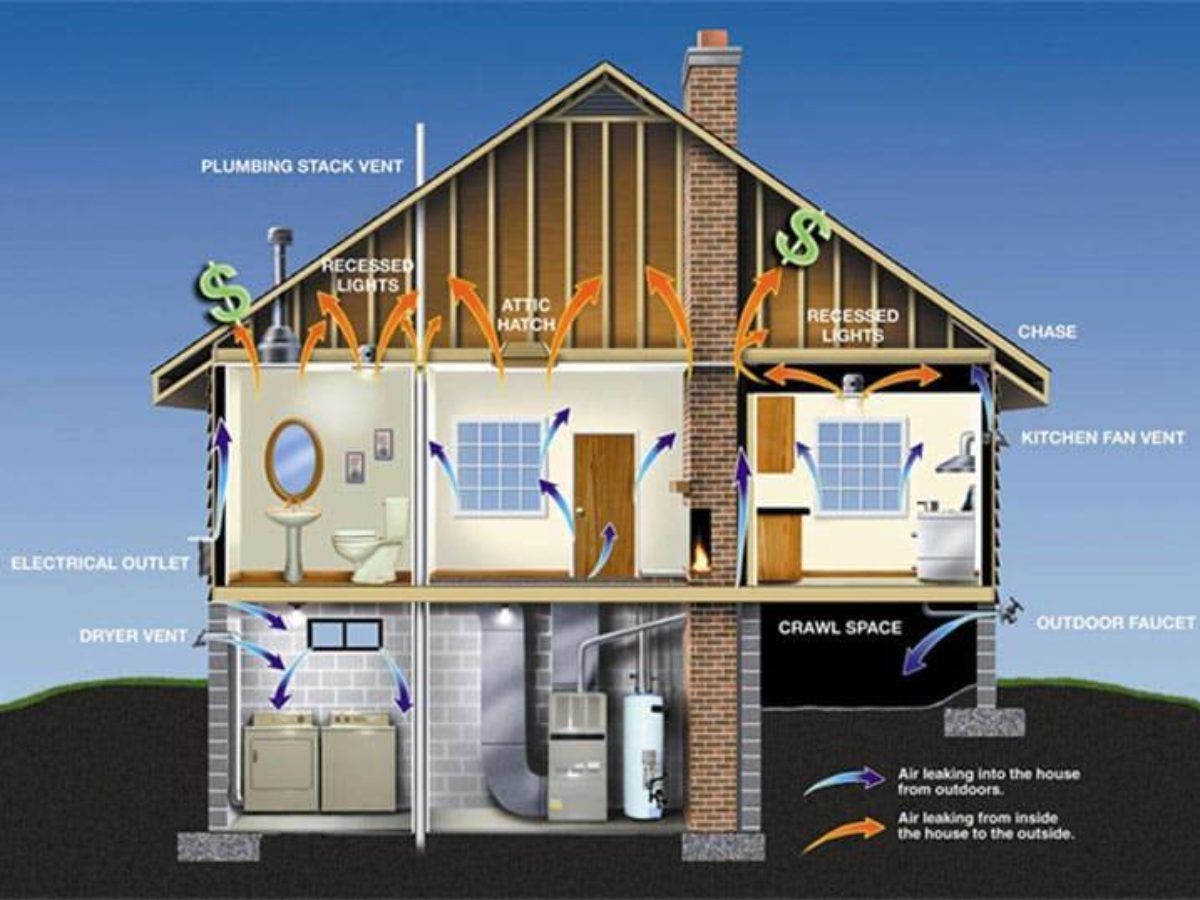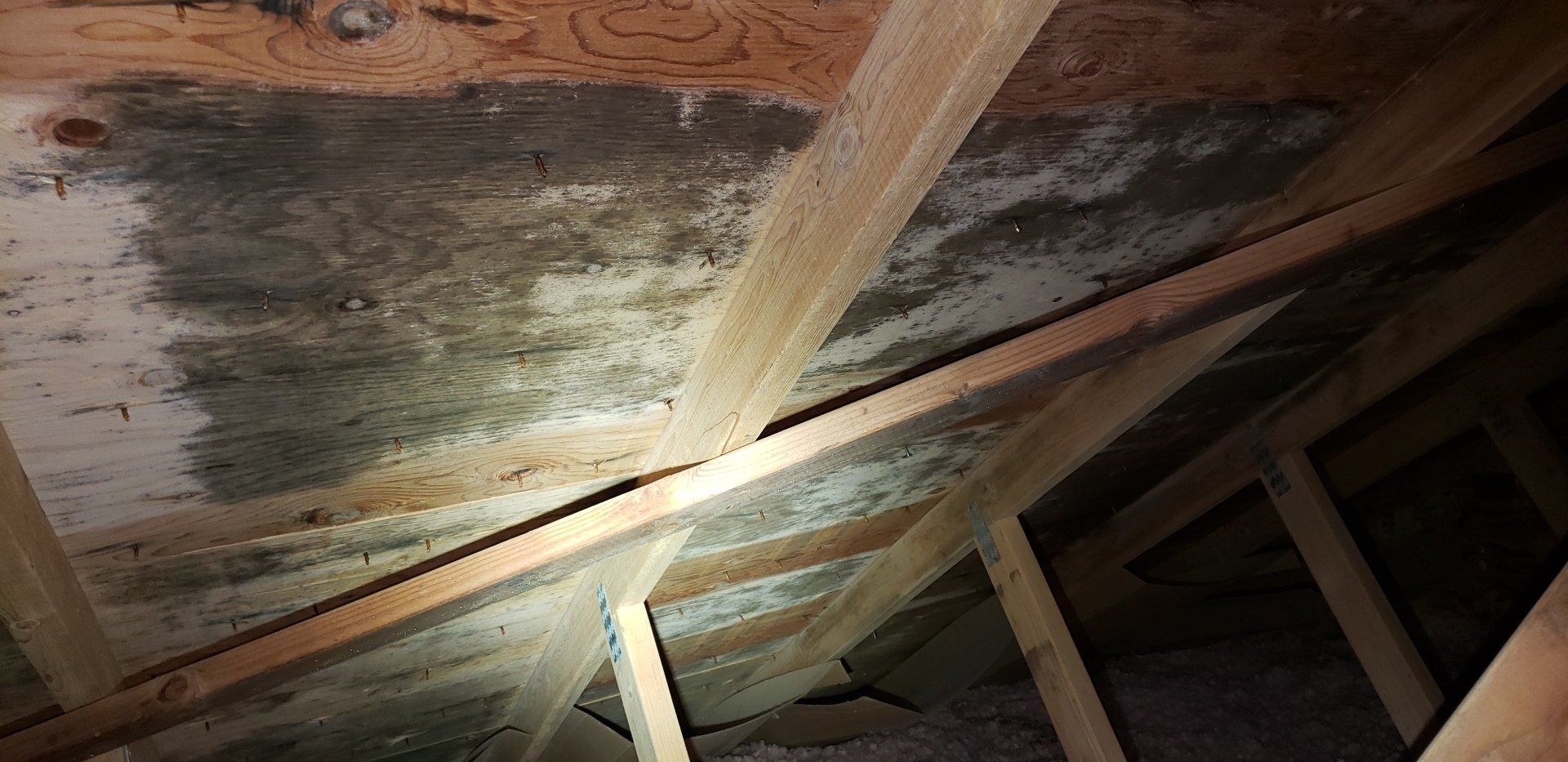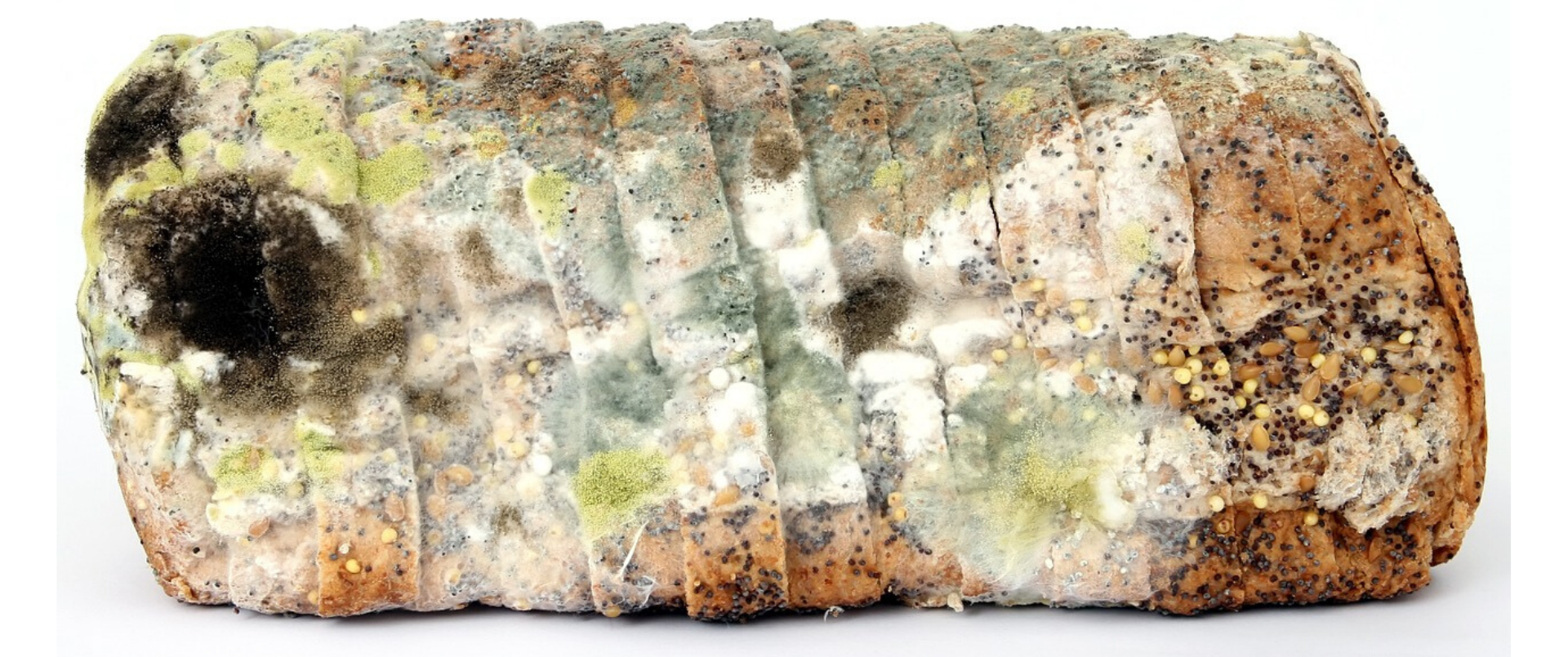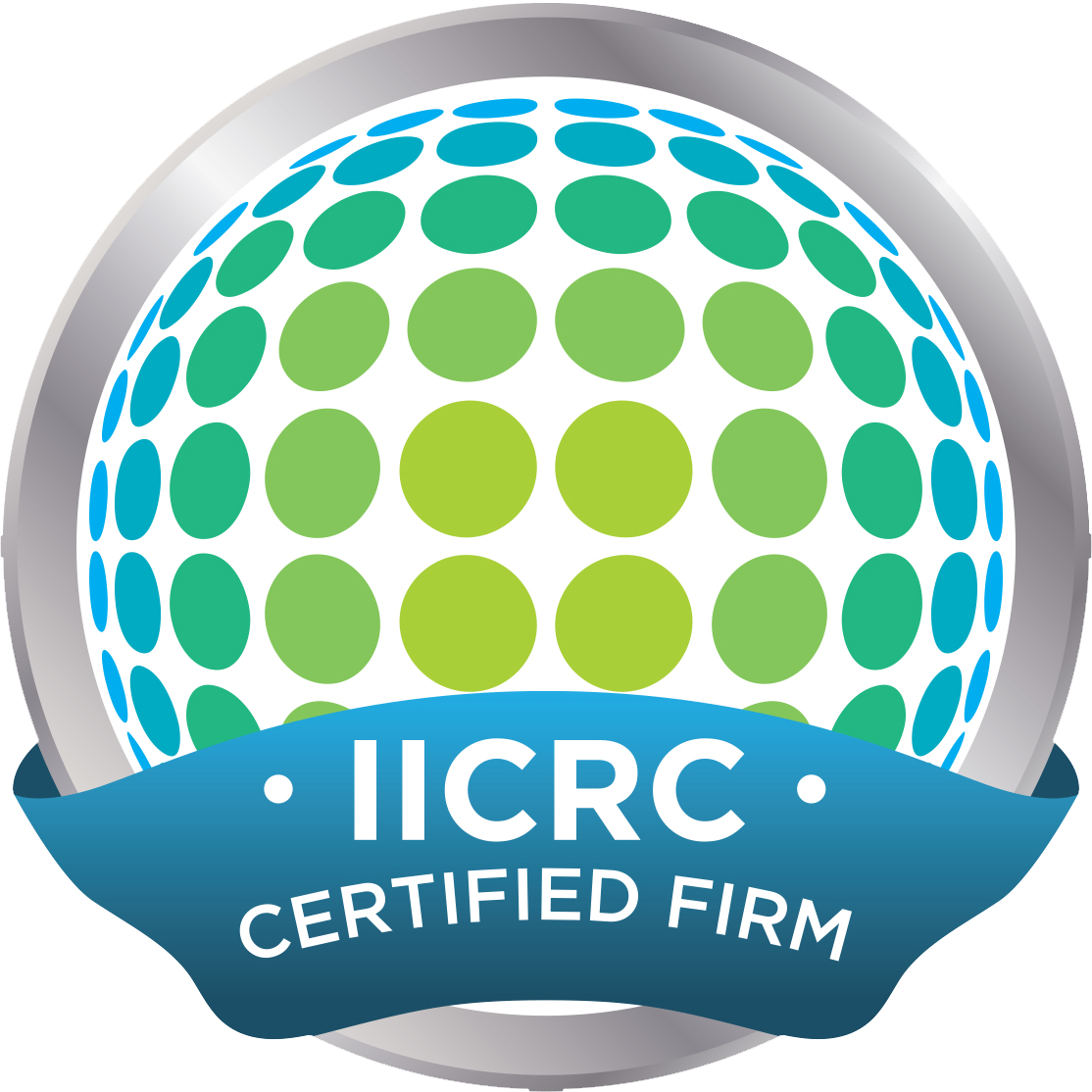By brian fish
•
December 13, 2023
What Level of Mold Spores Is Dangerous? When we are called to a property for testing of the indoor air (IAQ) testing clients are often asking well what if we find mold? We inform everyone that mold is present everywhere and every structure has it indoors. The very act of leaving your property walking outside and coming back in brings with it spores in the outdoor air. What we look at from the lab is the comparison. We compare the types and counts on the outdoor control sample to that of the various indoor samples. Then we look at counts and types. While some types can have larger counts indoors and be ok, some mold spores are known to me more toxigenic so their counts indoors can be more cause for concern. Testing and inspecting for mold needs to be examined on a case by case basis, no structure or home is the same. See below for count and type examples. What May Be Considered A Normal Mold Count? When we examine a home and get results, a normal mold spore count in a structure will land around 200-500 spores(per cubic meter, or m³). In fact, in most cases counts between 1-1500 mold spores in a room is often what would be considered normal as long as mold colonies are not visible and we did not locate any moisture presence or damage during our inspection. Mold spores are present in virtually every room of every building. These microscopic spores can come in from many different ways. They will attach and travel on the clothing you wear to having your windows open and a breeze blowing in. This is also why time of year and current conditions are important to note during a test. We generally prefer relatively closed conditions during testing to avoid the numbers being skewed. Types Penicillium/Aspergillus The most common mold spore species to appear in indoor air samples. The majority of the hundreds of sub-species are allergenic; only a few are toxic. This group of species only grows with the humidity in the air as its water source. Cladosporium The most common mold species found indoors and outdoors, indoors this species grows well in damp environments and areas where condensation builds up (window sills/frames), and is considered to be allergenic. Curvularia Another common allergenic mold known to bring on hay fever, asthma, and fungal sinusitis. Chaetomium A common water marker mold that usually indicates cellulose materials (wet paper and/or drywall). Stachybotrys The most common toxic mold species, but not all sub-species are toxic. People often associate this with "toxic black mold" as it has become labeled. These species need a direct water source to grow and produce mycotoxins that can cause burning sensations in the mouth and throat. Considered a damp mold, if in the air often from something that was damp being disturbed. Memnoniella A common mold found with the above and considered a sister mold to Stachybotrys. The two species will grow together; also considered toxic. Because mold spore species and levels differ within each state, agreements are hard to come by with analysts and scientists. For this reason we always conduct a comparison to an outdoor air sample. The following mold spore ranges use the spore/m³ number and not the raw count for each species when interpreted in a lab’s “Air Sample Report”. What Is Considered A High Mold Count? 0-50 spores These amounts would be considered trace levels and as such, are a non-issue. Even Stachybotrys at this low amount is not considered an issue if the sample does not also contain water markers like Chaetomium and Fusarium or high levels of Penicillium/Aspergillus. 50-200 spores Still very low levels; the toxic mold species Stachybotrys and Memnoniella are the only species to be considered an issue at this level. Even then this level can be hard to pinpoint causation absent a moisture condition. 200-500 spores The most common species (Penicillium/Aspergillus, Cladosporium, and Curvularia) are not an issue and stay within the normal range. 500-1500 spores Sometimes the Penicillium/Aspergillus & Cladosporium levels are in this range and do not require remediation. If water intrusion or mold was not found during the inspection, these levels can be caused by normal life in an enclosed environment. 1500-3000 spores This point indicates that an issue may be apparent unless a corresponding number in the outdoor sample exists. If water intrusion or mold issue wasn’t found, these levels can be achieved by a dusty home or A/C system. At times levels indoors can be this high or more and not an issue (if very dry time of year, warmer weather and doors/windows open often). 3000-10,000 spores Without a corresponding number in the outdoor sample, some remediation is necessary. A perimeter clean-up is needed if a mold spore source has been identified. If water intrusion or mold issue wasn’t found, the home may need to be cleaned and the duct system should be evaluated. 10,000-25,000 spores Without a corresponding number in the outdoor sample, a mold spore source is usually identified, and remediation is needed. If no water intrusion or mold issue was found, we would begin to look at belongings, house history and the HVAC system(s) as they may need to be cleaned in addition to a deep cleaning of the residence. 25,000-75,000+ spores Counts this high should be apparent and easy to locate. Clean up will be required and should be performed by a Professional Mold Remediator. 75,000-1,000,000+ spores The mold issue will be evident. Remediation will be required, give North Sound Mold Solutions a call! If you suspect and issue or are having issues with molds, allergens or moisture, give us a call!
